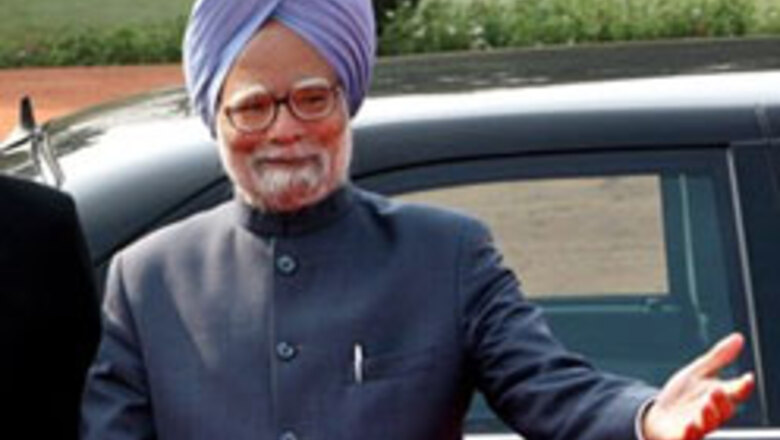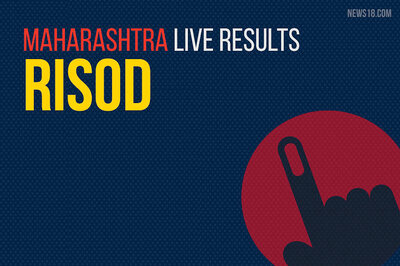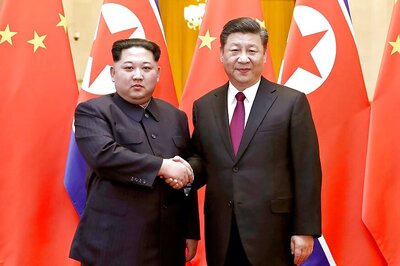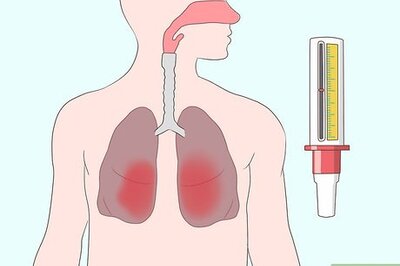
views
New Delhi: Industry-driven government of Manmohan Singh, sure takes pride in India Inc’s acquisition spree and eight percent GDP growth rate, but that doesn’t mean it would overlook the rural sector of the country. It seem that the UPA has learnt lessons from BJP's policy-failure at the last general elections.
The forthcoming budget is likely to focus on the rural sector this time, with The National Rural Employment Guarantee scheme set to become a little more real on the ground.
It is important to know that industry and agriculture go hand in hand in an economy like ours. Even Nobel Laureate Economists like Amartya Sen, had been stressing that to attain sustainable growth, it is necessary that basic education and health facilities are provided to those who needed it most—the rural and urban poor.
Budget 2007-08 is likely to focus on rural India. The budget may bring an expansion of the flgaship programme of the UPA government—The National Rural Employment Guarantee scheme—and a hike in the allocations for the education and health sectors.
The much-hyped programme that aims to provide assured employment in rural areas is likely to be expanded from the 200 districts to 250 districts. However, there have been financial hurdles in the scheme, considering last year's expenditure fallen much shorter of the allocated amount for the programme.
The Planning Commission is preparing a paper on selection of the new disticts. According to sources, the total resource requirement for NREGS in 2006-07 is much less than what is planned in the budget. Government is of the view that the expansion can be met within existing budget provision of Rs 11,300 crore.
The National Rural Employment Guarantee Act, 2005, assures every rural household gets at least 100 days of manual work at minimum wages. Initially 200 districts were covered under the Act, which is expected to extend to the entire country over next five-years.
The NREGS scheme requires Panchayati Raj Institutions to select projects relevant to the needs of the community.
The UPA government took this cue and listed such programmes--along with the supporting parties of the Left-- in the National Common Minimum Programme. And even though, the Left parties and the government may not see eye to eye on many of the reform initiatives they are one in the provision of basic facilities to the man on the street.




















Comments
0 comment